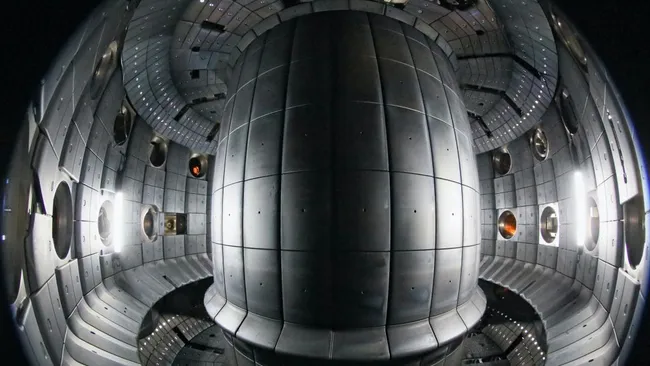
Nuclear fusion power, once envisioned as the panacea for our energy needs, has proven to be a formidable challenge over the past 75 years. The dream of harnessing the immense power generated by fusing atoms together for a clean and boundless energy supply has persisted, but the journey has been riddled with complexities, unexpected hurdles, and a timeline that continually stretches into the future.
The Two Approaches: Inertial Confinement vs. Magnetic Confinement
In the modern era, two main approaches have dominated the pursuit of practical nuclear fusion power: inertial confinement and magnetic confinement.
- Inertial Confinement:
In this method, lasers are employed to bombard a small target, triggering a rapid fusion reaction. The breakthrough achieved by the Department of Energy’s National Ignition Facility (NIF) in December 2022, reaching “breakeven,” marked a significant milestone. However, the challenge lies in translating this achievement into a functional power plant. The NIF, designed for research, produced only a negligible amount of electricity through fusion, leaving questions about its feasibility for mass energy production. - Magnetic Confinement:
The alternative method involves using powerful magnetic fields to squeeze a plasma until it undergoes fusion. ITER, the latest iteration in magnetic confinement, is an international collaborative effort under construction with the goal of achieving breakeven. However, persistent struggles in stabilizing the plasma raise uncertainties about its potential to sustain a steady fusion reaction. Moreover, ITER is not designed to generate electricity, adding another layer of complexity to the fusion puzzle.
Breakeven and Its Limitations
While achieving breakeven is a crucial milestone, it is essential to understand its technical implications. The NIF’s breakeven success saw the release of more energy than absorbed, but less than 1% of the entire apparatus’s energy made it to the fuel. ITER, while ambitious, faces challenges in both management and cost overruns, further complicating the path to practical fusion power.
The Generational Challenge
Fusion power, as the author describes, is a generational or century-level challenge. Historical precedents, such as massive irrigation projects, steam power development, and the construction of monumental structures, highlight the time and perseverance required for such endeavors. The author speculates on the odds of achieving sustainable fusion power: a 10% chance in the next 20 years, a 50% chance within the next century, a 30% chance in the following century, and a 10% chance of it never happening.
Historical Choices and Progress
The mid-20th century presented a critical juncture where humanity had to decide between nuclear bombs and power plants. Opting for the former led to a diversion of resources, stalling the progress of power plant research. The lack of a century-level investment in fusion research has contributed to its slow development. The author emphasizes the importance of taking time, getting it right, and ensuring that the eventual fruition of fusion power will be worth the wait.
The quest for fusion power remains an enigma, with breakthroughs tantalizingly close yet seemingly just out of reach. Whether fusion power becomes a reality within the next few decades or takes another century, the journey itself is a testament to human resilience, innovation, and the commitment to solving challenges that transcend individual lifetimes. As we navigate the complexities of fusion research, the promise of a clean, efficient, and inexhaustible energy source remains a beacon of hope for the generations working towards a sustainable future.





